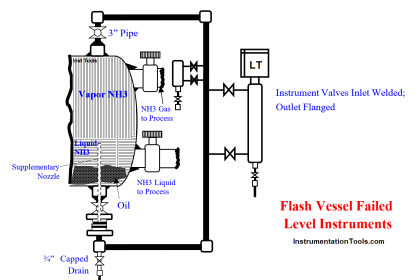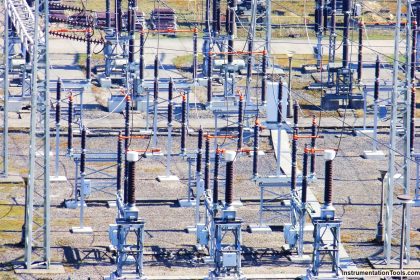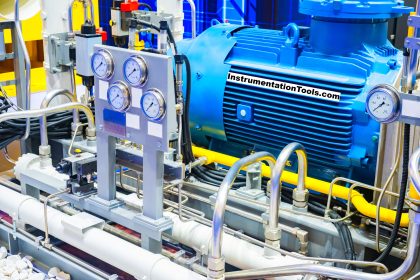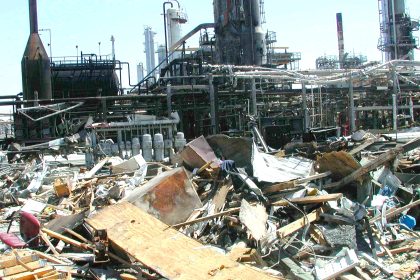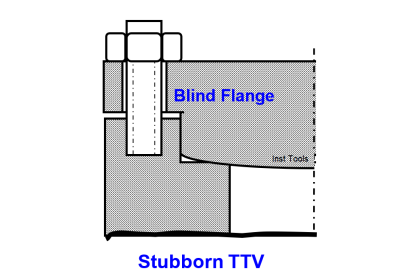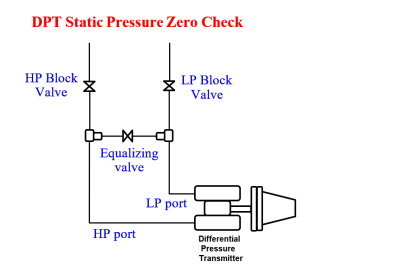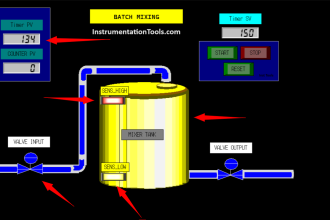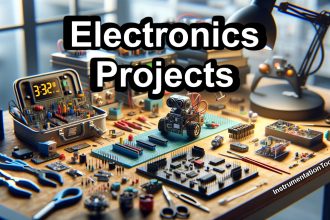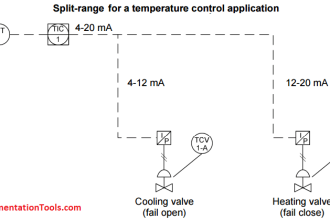Every turnaround (TA) done CO2 Stripper collapsed internals revamp – a perennial problem eliminated.
| Article Type: | Root Cause Analysis (RCA) |
| Category: | Mechanical |
| Equipment Type: | Pipelines and Miscellaneous Problems |
| Author: | S. Raghava Chari |
Note: This root cause analysis (RCA) is from real-time scenarios that happened in industries during the tenure of two or three decades ago. These articles will help you to improve your troubleshooting skills and knowledge.
CO2 Stripper Problem
Renewing the CO2 stripper collapsed internal trays was a recurring and expensive turnaround (TA) job since plant commissioning a decade ago.
The tech services engineers wastefully insisted on unachievable accuracies while shop fabricated replacement trays involving wasted time and money. It did not help.
They ridiculed the author – then instrument engineer – suggestion to increase the 6 mm dia tray fasteners to 12 mm and locking the nuts. They cautioned that step would collapse the very stripper – absurd, fantastic and unrealistic in the author’s opinion!
Author Solution
The author – by then General Manager – called meeting arrived at no practical solution. Hence, he invited Engineers India – a detailed engineering design and construction co – services to solve the decade long CO2 stripper problem.
The author too entered the stripper vessel top with the visiting engineer let us call him Ram. Immediately an idea flashed and he exclaimed, “Ram”, top tray to dome distance is hardly 1.5 m just enough for us to stand;
I think when the rich K2CO3 solution letdown from 35 bars to 1-bar enters the stripper, where is the space for the thousands of m3 of liberated CO2?
I think the enormous volumes of liberated CO2 collapse the top trays and the falling top trays collapse the remaining like in the children’s card game of one falling card fells all!
I could not visualize this during my several problem-solving drawing studies, and I see it clearly now on the spot! I do not know how to solve the problem.
Our tech services rejected my suggestion to increase the fastener sizes and locking the nuts for strengthening”.
Ram too exclaimed, “Sir, you have hit the nail on the head; lack of space for the released CO2 is trays collapse root cause; larger fasteners and nuts locking will certainly help.
In fact, I suggest doubling the support ring thickness too. You go back sir; I will study in detail and submit my report to you in the evening”.
Ram’s day end submitted report contents are:
- Remove trays 36 to 40 (5 Nos.) to provide more space for the released CO2 enormous volumes
- Fasten the entire remaining trays with 12 mm fasteners instead of the 6 now and lock the nuts
- Replace the present 12 mm thick support rings with 16 or even 20 mm thick and 3 times radial width rings to increase bolt size in future if required
The author implemented 1 and 2 only, as welding thicker support rings to 25 mm thick stripper shell involves difficult post weld stress relief.
Benefits of the RCA based solution
- Vanished forever tray collapses, associated vanished repair expenses and shortened turnaround (TA) made all jubilant, except the contractor who revamped the stripper every TA
- Perhaps the trays collapsed immediately on rich K2CO3 admission at the very start after TA and the stripper worked like a packed tower and did not strip the CO2 entirely from the K2CO3 solution – the cause of the absorber exiting Syn gas high CO2 content, increased methanator load and increased purge and 2-5 tons lost ammonia production
- Better methanator performance after that TA confirms this conclusion
Author: S. Raghava Chari
Do you face any similar issues? Share with us through the below comments section.
If you liked this article, then please subscribe to our YouTube Channel for Instrumentation, Electrical, PLC, and SCADA video tutorials.
You can also follow us on Facebook and Twitter to receive daily updates.
Read Next:
- Problems with Demister Pads
- Steam Letdown Station Problems
- Demineralization Mixed Bed Vessel
- Screen Vibrators Perennial Problems
- Urea Reactor Top Bolted Plug Leaks
